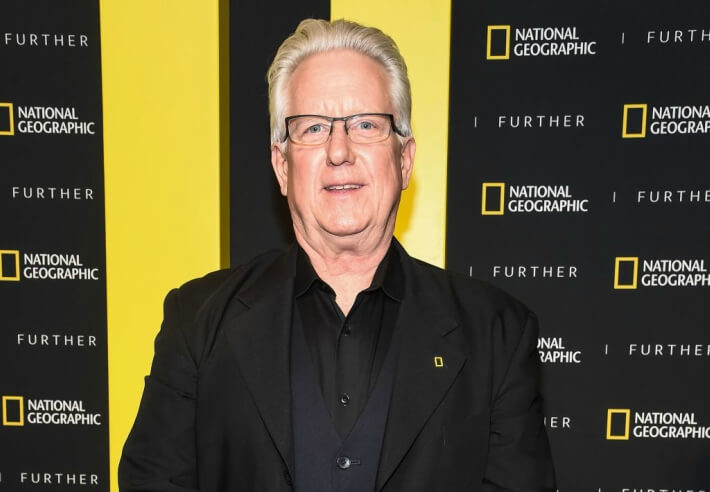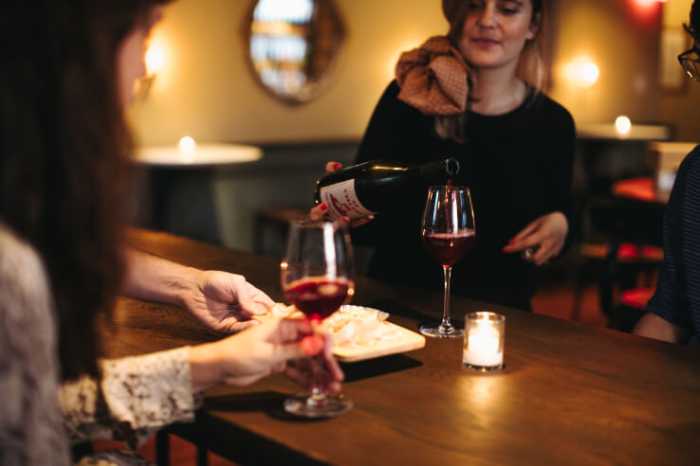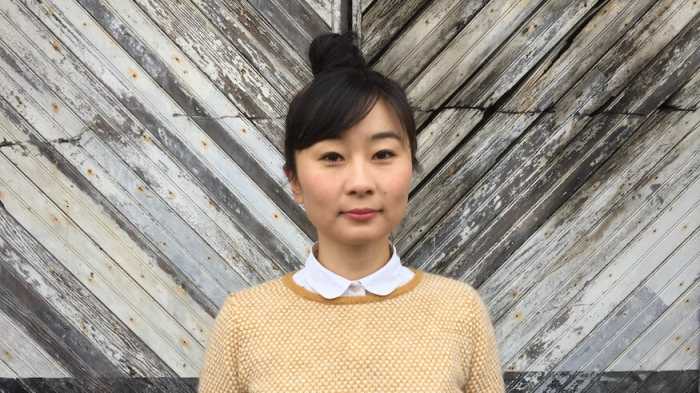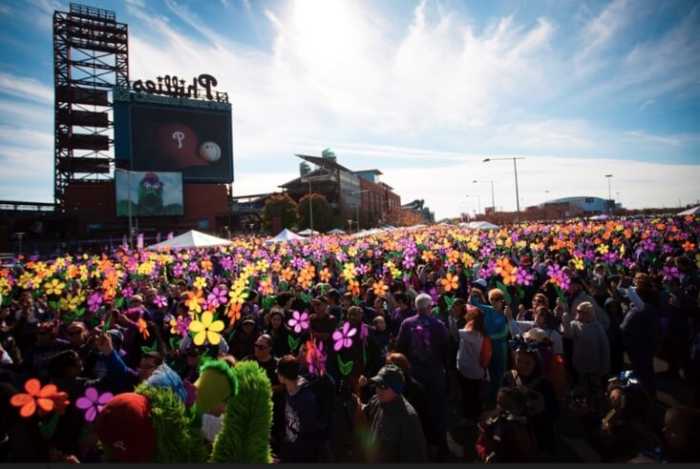Steve Winter has been has been attacked by rhinos in India, stalked by jaguars in Brazil, charged by an 11-foot grizzly in Siberia, and trapped in quicksand in the world’s largest tiger reserve in Myanmar with his career as a National Geographic photographer. Now he’s coming to Philly with his Nat Geo Live series at the Kimmel Center Thursday, November 1st to talk about his exciting career. Here’s what Steve Winter had to say about his favorite photos that he’s captured, the risks he’s had to take and how he got his start in photography.
Steve Winter is coming to Philly for his Nat Geo Live series
How did you initially get your start in Photography?
Steve Winter: My father taught me photography, he gave me my first camera when I was seven years old, and I decided I wanted to be a National Geographic photographer when I was eight years old, so that’s how I got my start in the whole photography angle of it, and I always looked at National Geographic. I started really young taking pictures and doing photo stories because I would look at the masters of photography in Nat Geo and Life Magazine and specifically look at how to tell a story with a camera. I saw the power of photography because of the images that I saw in these different magazines, and I would see them on the nightly news and see people talk about them and then it actually changed public opinion about many things. So that was really important, but you know I eventually went to photo school, an art school in San Fransisco and didn’t really learn very much but had a lot of fun and then really learned how to a photographer when I became an assistant.
What do you try and capture with photos?
Steve Winter: I was a photojournalist with a hardcore photojournalist agency in Manhatten called Black Star, and it was so funny, the photographer that I really admired in Life Magazine that made that big difference I was talking about when I was a young kid was at Black Star also. So I was a photojournalist there and didn’t take a picture of an animal until I was thirty-four years old. I was hired at National Geographic when I only did people so when I started doing wildlife I knew nothing about wildlife photography which was extremely important. It was good to go into something and look at it completely differently. When I first took a picture of an animal I was very worried I said ‘oh I don’t know how to take pictures of an animal,’ and in the end its an object like a human is and you want to try to tell a story. Because I had been working with UNICEF I was really concerned about the fact that if I was gonna spend all of this time photographing animals and telling their story, I also had to try and find a way to help save them and I’m not sure everybody did that but I think it was very important to me photographically that I did not look at a lot of animal, nature or landscape images because I think I approached it in my own mind differently. So you always need to get that killer shot but you need to tell the story of an animal in its environment and the people that live with it because I work with predators, and predators affect human communities because sometimes they eat the livestock of people that are very poor and I always say local people need to benefit from living with predators. So I need to get that killer shot, but pretty pictures won’t save these animals. You need to tell their story and make people aware of the issues surrounding them; and I’ve always tried to help in any way I can giving images or working with scientists I know whether they’re at National Geographic or different kinds of organizations to tell them about an issue surrounding a specific cat that I’m working with so they can go in and help. I did that from the first story I did, and it made a big difference in the end.
Anywhere you haven’t traveled yet or a cat you haven’t captured on film?
Steve Winter: I’ve always worked with big cats, but I’ve never been to the poles, or the Arctic or the Antarctic. I’m actually getting ready to go to the Arctic, so that’s great. I guess the only place I have left is the Antarctic. I’ve always wanted to do the Siberian Tiger and the Amur Leopard in Siberia so I want to do that at some point too.
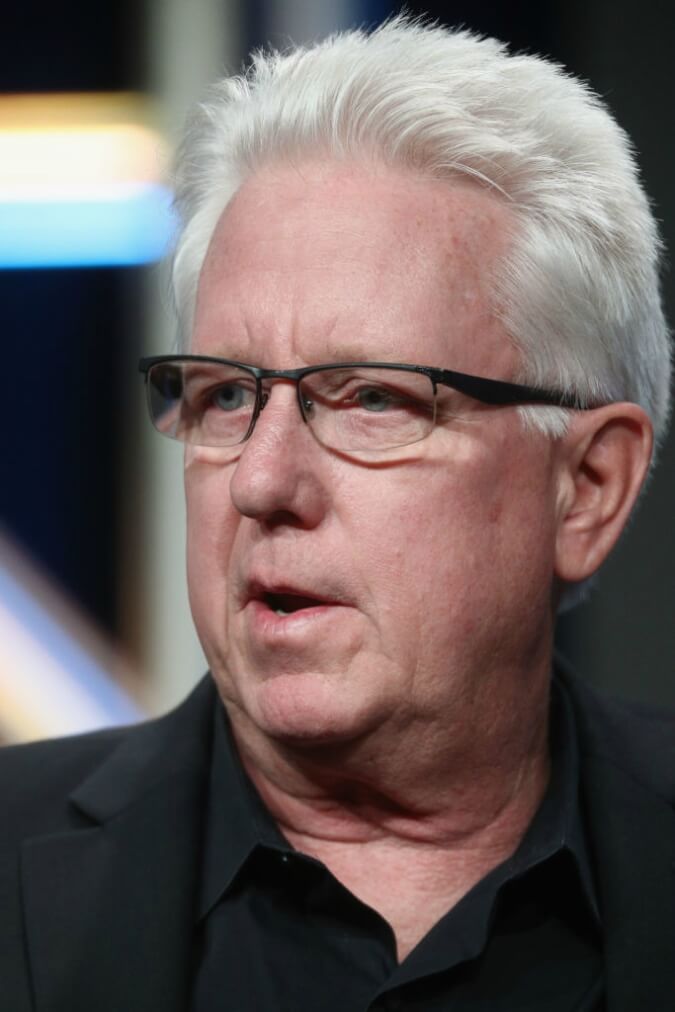
Any species that were your favorite or trips that were the most memorable?
Steve Winter: Well, I’ve spent more time working on tigers than any other cat, so tigers are very close to my heart because they are the world’s largest cat and the most endangered cat and they are used for traditional Chinese status. The Chinese love tigers, but they love dead tigers because they wanna use their parts for tiger bone wine and have tiger skinned furniture. So we’re trying to find a way to help save these animals, I started working with Tigers in the early 2000’s and really in the last fourteen years and they’re the most unique. Snow leopards are really what put me on the map though because I got some incredible shots with remote cameras. You never see these animals, so I figured out where they walk and I used camera tracking to capture images of these cats, I just posted one on my Instagram stevewinterphoto. Also the Hollywood cougar, I like pictures that made a difference you know? That sparked a huge movement to help save the animals in greater LA and to build the world’s largest wildlife overpass over the 101 freeway because animals can cross over the 101 in this overpass. So my two images of that cat sparked a big movement, I love those kinds of things where you can say your photograph made a difference.
What is the most compromising position you’ve been in with your work?
Steve Winter: Well I always tell people its the microscopic animals that are the most dangerous, and they are; I’ve had Malaria, Dengue which is much worse, Indian tick fever, every kind of amoebic dysentery and parasite you can think of. Now I’m highly allergic to three antibiotics and one I’ll go into anaphylactic shock. So I think the cumulative effect of all these expeditions I’ve gone on has affected me greatly. Listen these animals have no desire to hurt us. They may be big cats, but we don’t smell like food, we stink because we wear deodorant, we use toothpaste, all of that kind of stuff. They have no desire to see us, whenever a big cat does see a human its an accident.
What can people expect for your Nat Geo Live series in Philly?
Steve Winter: This is my story of what it is like to be a National Geographic wildlife photographer. So many people tell me ‘oh when I was young I wanted to be a National Geographic photographer’ well I take you in the field on assignment with me on four big cats: cougars, jaguars, snow leopards and tigers. I’m one of the luckiest guys on the face of the earth because I’ve wanted to be a Nat Geo photographer since I was eight years old. So its for people who love the outdoors and wildlife specifically big cats or have always wanted to be a National Geographic photographer. This is my story and how I got started with big cats and wildlife.



